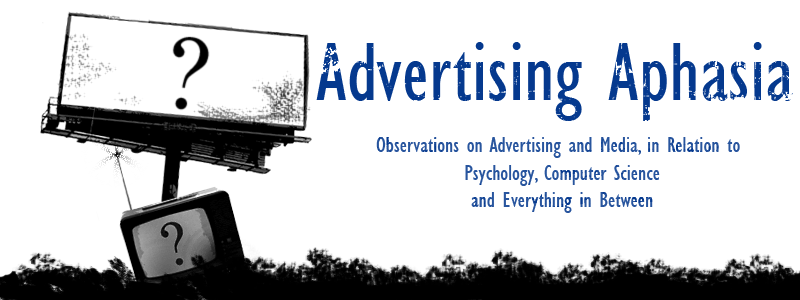
The requirements for an effective recommendation are relatively basic. It requires an informative statement about something, given credence by the trust level of the reviewer and the perceived relevance of the information. As trust grows, so does the power of the recommendation. Alternatively, the more relevant the recommendation seems, either through timeliness or quality, the more powerful it becomes. So as consumers communicate over greater distances, faster speeds and with a higher number of casual acquaintances, what happens to the power of recommendation?
Product recommendations from our friends and family automatically gain power from existing trust and Facebook, as the social network du jour, is well positioned to exploit that. Through the 'like' feature we can easily share what products and brands we care for, slowly building a recommendation network amongst our contacts. The simultaneous distribution of friends' recommendations through news feeds, means that opinions about brands and products can be shared quickly and clearly, from both internal and external Facebook sources (thanks to open graph & FBML) and leading to content inside & outside of the network. However, though Facebook is well positioned to communicate peer recommendations, a high level of trust still relies on a close knit network. Recommendations from general acquaintances or those unknown outside of the network still lack the power given to closer 'friends'.

Aardvark's Social Search in Action...
Outside of traditional social networking, recommendation needs to rely on other sources to build trust. While Facebook uses existing ties, social search engines & sites, such as Aardvark or Yahoo Answers, rely on the wisdom of crowds and perceived authority as trust arbiters. Aardvark , acquired by Google earlier this year, seeks to answer questions based on a hybrid model, pairing user answers through existing social networks and based on topics that an individual has claimed expertise. Sites such as Yahoo Answers or review sites such as Qype, utilize a voting or user hierarchy model to attempt to signal which individuals are the most trustworthy. By considering a user's grade and his recommendation relative to others, individuals can begin to judge the quality of information, without the trust found in traditional relationships.

Badges & check-ins help to identify expertise
Alternatively, incentive based networks such as Foursquare or Get Glue use a mix of existing ties and accomplishment markers to signal trustworthiness. Through gaining badges based on accomplishments, users are able to signal that actions or qualifications have been completed, meaning they may be more trustworthy sources of related information. Requiring action may be a more effective way than asking an individual to show expertise, but it also involves a clear signaling system and direct links between signals and knowledge. Conversely, recommendations through action (such as Foursquare check-ins or tips at a specific venue) also have the capacity to prove more trustworthy than other sources, given the increased effort required.

So what do these differing online recommendation networks mean for advertisers and brands?
Regardless of network type, brands must make themselves available to users. Building trust through interaction and making content easily available to experience, recommend and widely share, can help brands to create and facilitate user to user communications. Be it creating a heavily produced piece of digital content for a large brand or simply curating the venue page or website for a small establishment, the ease of use with which a consumer can find, interact with or share content can aid with gaining effective recommendation.










